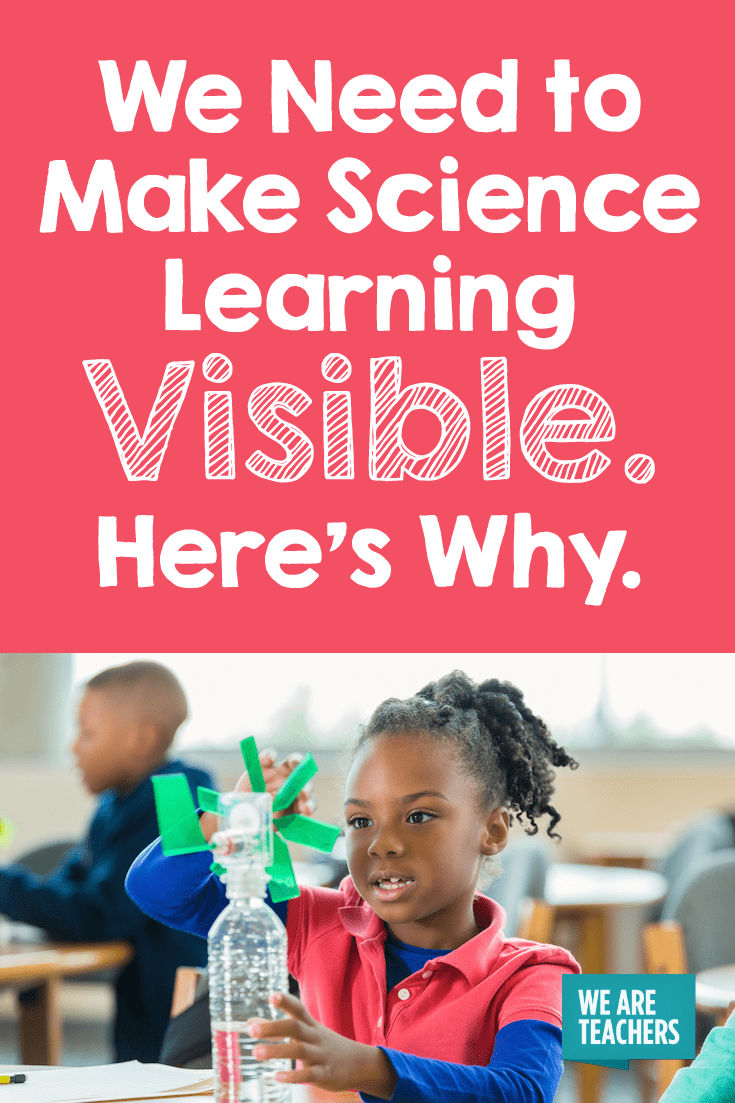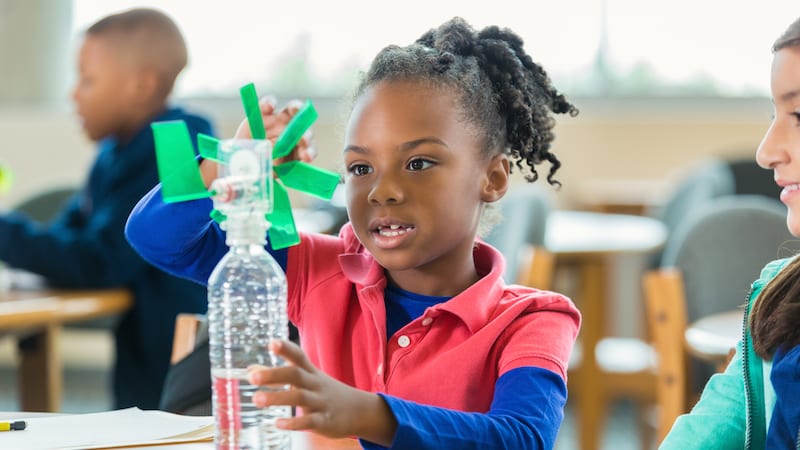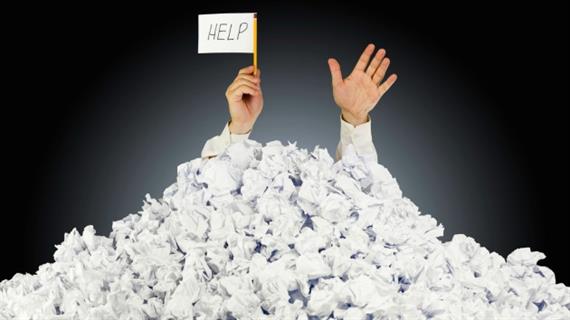The world needs scientists of all types to tackle the questions, challenges, and crises of the 21st century. Schools have the responsibility to educate scientists who can collaborate, solve problems, and innovate. So what works best in K–12 science teaching and learning?
We need to make science learning visible.
What do we mean by visible learning for science?
Learners spend approximately 15,000 hours, or 33 percent of their waking time, in school. Furthermore, schools and teachers are held highly accountable for this time. Thus they strive for at least a year’s worth of growth in science learning for each of their students. Knowing what works best allows us to be more purposeful in how we plan science instruction. John Hattie’s research, which spawned the concept of visible learning, yielded many insights into how we best develop instruction. These are three striking insights, or takeaways, from the visible learning research that we will look at in more detail:
- Learning is a process that includes surface learning, deep learning, and transfer. Using the right approach at the right time increases our impact on student learning.
- Every lesson needs to have a clearly articulated learning intention and success criteria.
- Students need opportunities to learn and progress through these stages. They also need flexibility to return to different phases of the learning when necessary. The type of task matters as students move along in their thinking from surface to deep to transfer.
Learning is a process
Learning is a process that includes surface, deep, and transfer learning.
Students understand some science content only at the surface level. Surface learning is often not valued, but it should be. You have to know something about an idea to be able to do something with that idea. We’ve never met a student who could synthesize information from multiple sources who didn’t have an understanding of each of the texts. It’s important to note that we do not define surface-level learning as superficial learning. Rather, we define this phase of the learning as the initial development of conceptual understanding.
With appropriate instruction about how to relate and extend ideas, surface learning becomes deep understanding. Deep understanding is important if students are going to set their own expectations and monitor their own achievement. Deep learning is when students begin to make connections among conceptual ideas and apply skills with greater fluency. It’s when they plan, investigate, and elaborate on their conceptual understandings and begin to make generalizations based on their experiences with scientific principles and phenomena.
But schooling should not stop there. Learning demands that students be able to apply—or transfer—their content knowledge, process skills, and strategies to new tasks and new situations. The fact that transfer is so difficult to attain is one of our closely kept secrets. So often we pronounce that students can transfer, but too often the processes of teaching them and scaffolding their learning to transfer are not discussed.
One of the most effective ways to move students from surface to deep to transfer learning is to be clear about the learning.
Teacher clarity
Teacher clarity is about learning expectations, including the ways in which students can demonstrate their understanding. Every lesson, regardless of whether it focuses on surface, deep, or transfer learning, needs to have a clearly articulated learning intention and success criteria. We believe that students should be able to answer, and ask, these questions about each lesson:
- What am I learning today?
- Why am I learning this?
- How will I know that I learned it?
The first question requires deep understanding of the learning intention. The second question begs for relevance, and the third question focuses on the success criteria. Neglecting any of these questions compromises students’ learning.
In fact, we argue that these questions compose part of the Learner’s Bill of Rights. Given that teachers judge students based on their performance, it seems only fair that students should know what they are expected to learn. The marks teachers make on report cards and transcripts become part of the permanent record that follows students around. Those documents have the power to change parents’ perceptions of their child, determine future placements in school, and open college doors.
And clarity works. Clearly articulating the goals for learning has an effect size greater than one year’s worth of growth or gains in science learning. Providing success criteria has an effect size equivalent to three years’ worth of growth or gains in science learning. It’s the right thing to do, and it’s effective.
Challenging tasks
As we have noted, there are three phases to student learning: surface, deep, and transfer. Teachers have to plan tasks that provide students with opportunities to learn and progress through these stages, as well as the flexibility to return to different phases of the learning when necessary. The type of task matters as students move along in their thinking from surface to deep to transfer. To design science learning tasks, teachers have to balance the difficulty and complexity of those tasks. When students experience a “Goldilocks challenge,” the effect size is also greater than a year’s worth of growth or gains in science learning—in other words, it is not too hard and not too boring.
To return to the concepts of difficulty and complexity: We think of difficulty as the amount of effort or work a student is expected to put forth, whereas complexity is the level of thinking, the number of steps, or the abstractness of the task. We do not believe that teachers can radically impact student learning by making them do a lot more work. Similarly, asking students to engage in a task that far too complex or not complex enough for their current level of thinking can also reduce the impact on student learning. Instead, we should balance difficulty and complexity in the design of learning tasks.
Successful learning is the goal of science teaching
When learners first develop a strong foundational and conceptual understanding of science content knowledge and process skills, they begin to make generalizations and connections across various topics. Making connections between the weather patterns, climate, soil composition, and processes necessary for plants to survive and adapt in an environment paves the way for a learner to transfer this learning to the agricultural economies of ancient civilizations and the role these economies played in conflicts among those civilizations. However, this process requires the development and implementation of tasks that foster and nurture transfer learning.
Each phase of learning requires that the learning be visible to both the teacher and the student—we also want to emphasize that successful science learning is accessible to all learners, regardless of their individual characteristics. Visible learning happens when teachers see learning through the eyes of their students and students see themselves as their own teachers. In practice, this requires that teachers are constantly evaluating their impact on student learning so that they can truly see learning through the eyes of their students. Furthermore, students must have clear knowledge about their own learning so that they can be active in the learning process, plan the next steps, and understand what is behind each strategy, approach, or evaluation, whether formative or summative.
Learn more about visible learning for science in our interview with John on our WeAreTeachers Facebook page:
https://www.facebook.com/WeAreTeachers/videos/10156422596038708/
This blog provides an overview of the work of John Almarode and his colleagues on Visible Learning for Science, Grades K–12. Learn more about the book here>>



